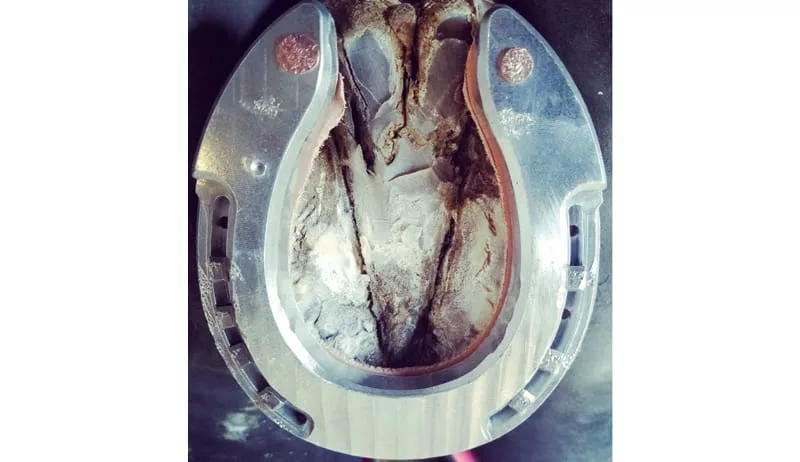American Farriers Journal
American Farriers Journal is the “hands-on” magazine for professional farriers, equine veterinarians and horse care product and service buyers.

In this series, we have examined different shoeing applications and various alternatives for achieving the same desired outcome. In this final installment, we explore the light rail or omni-directional shoe.
Achieving the benefits of the therapeutic applications that have been covered over the past eight installments generally can be replicated by most any skill level and budget. The same is not true for the ninth and final subject — the light rail or omni-directional shoe.
Each option detailed in this article is arguably the most difficult shoe to recreate and apply that have been featured in this series. Unlike most of the previous installments, incorrect application of a light rail/omni-
directional shoe will have devastating outcomes for the horse.
It requires significant education and skill levels from both the farrier and the equine veterinarian. We recommend attending Dr. Ric Redden’s 5-day Equine Podiatry Course for a greater understanding of the concepts and application of this shoe. In addition, the horse owner should expect a larger than normal financial commitment regardless of whether manufactured shoes or modified shoes are applied.
For optimum results, the strategy for the mechanical plan is developed from pre-trim/shoeing radiographs. The lateral and dorso-palmar (DP) views require a low-beam perspective (½ to ¾ inch above the positioning block). This produces an image that reveals one branch of the shoe and the wings of P3 superimposed when medial lateral rim balance is present. Often radiographs are required to fine-tune the palmar angle (PA), medial…